Page List
BAYEUX STITCH
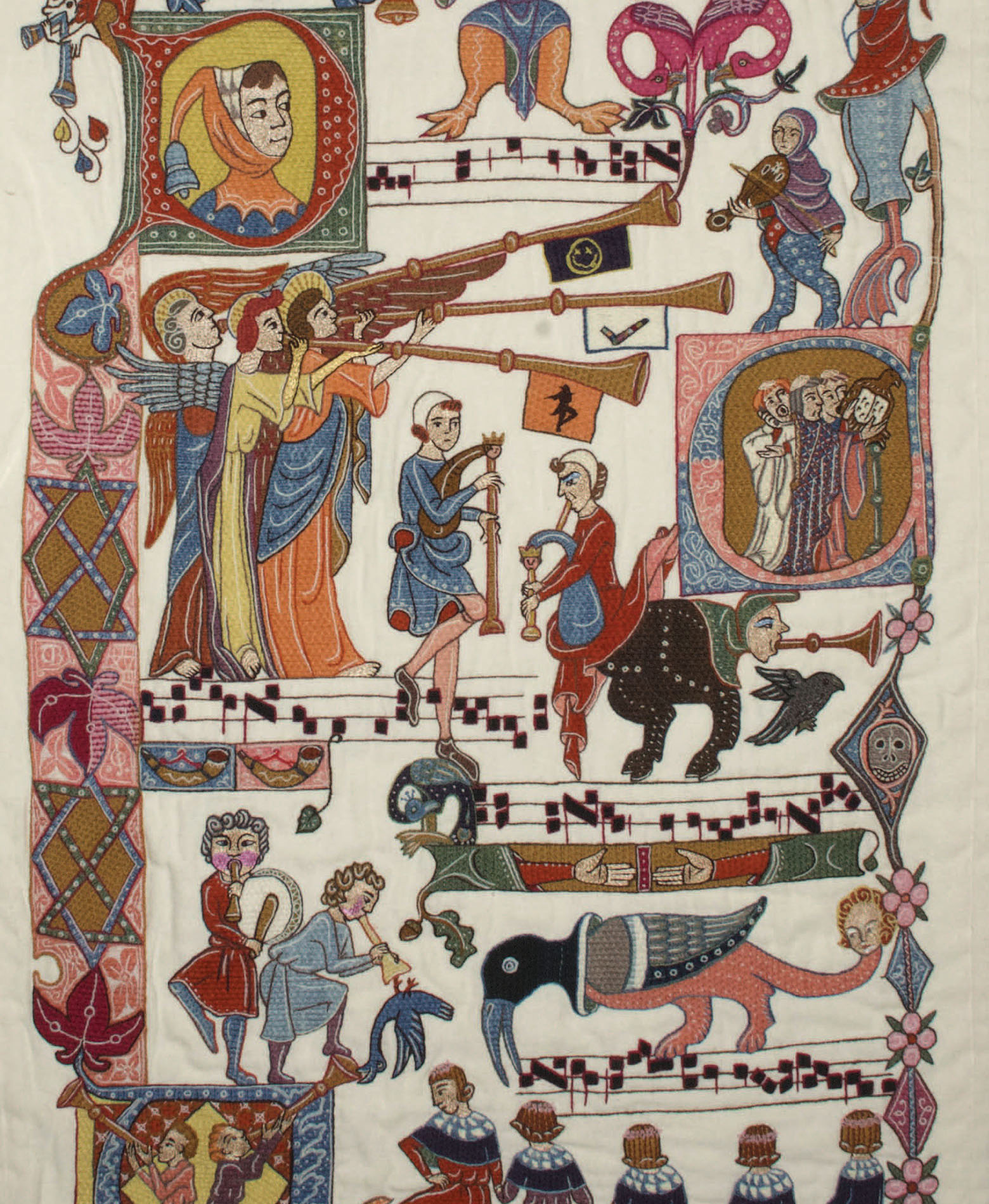
Luttrell music.
BAYEUX STITCH
Tanya Bentham

First published in 2022 by
The Crowood Press Ltd
Ramsbury, Marlborough
Wiltshire SN8 2HR
www.crowood.com
This e-book first published in 2022
Tanya Bentham 2022
All rights reserved. This e-book is copyright material and must not be copied, reproduced, transferred, distributed, leased, licensed or publicly performed or used in any way except as specifically permitted in writing by the publishers, as allowed under the terms and conditions under which it was purchased or as strictly permitted by applicable copyright law. Any unauthorised distribution or use of this text may be a direct infringement of the authors and publishers rights, and those responsible may be liable in law accordingly.
British Library Cataloguing-in-Publication Data
A catalogue record for this book is available from the British Library.
ISBN 978 1 78500 988 4
Cover design: Peggy Issenman
Photographs: Dr G. Davies
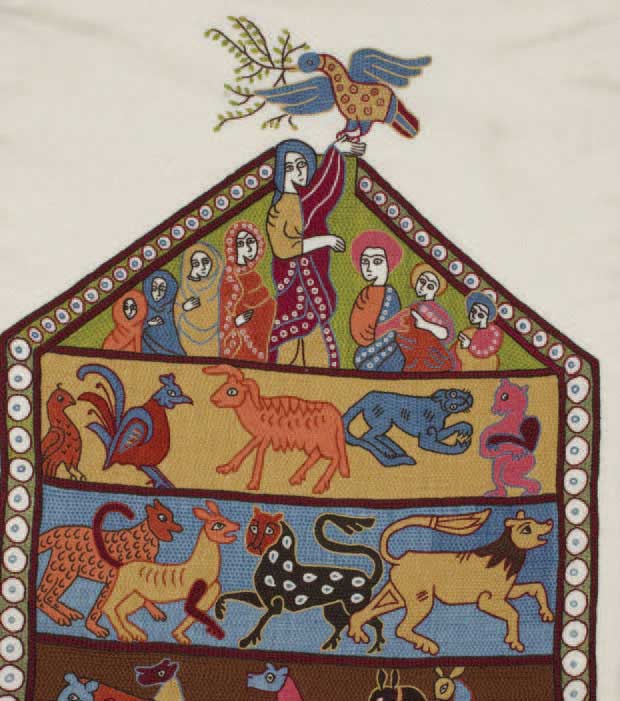
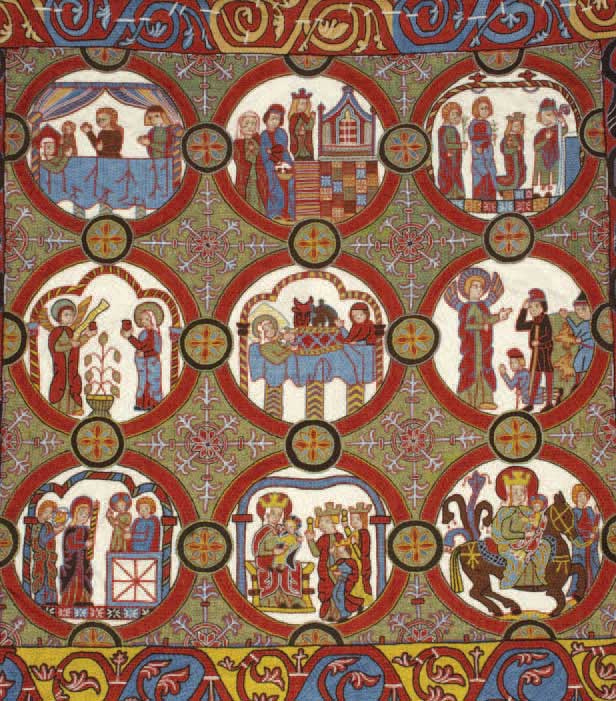
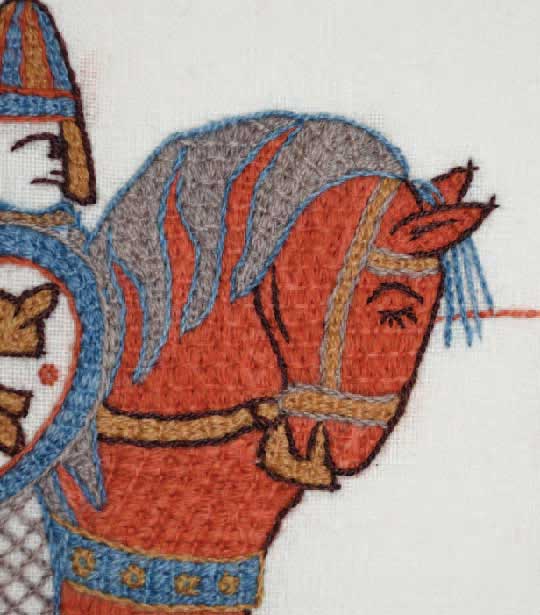
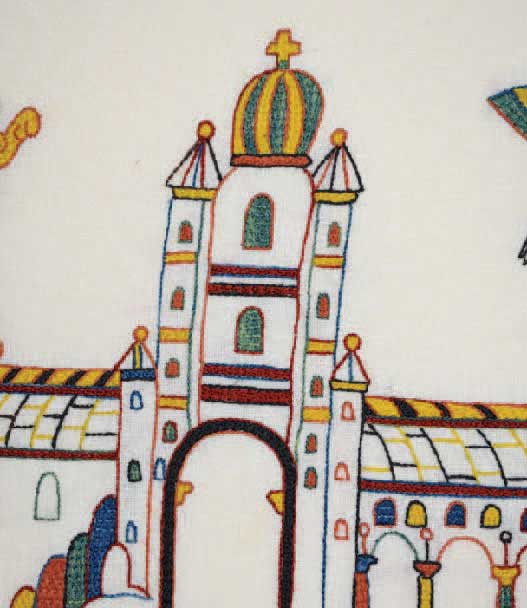
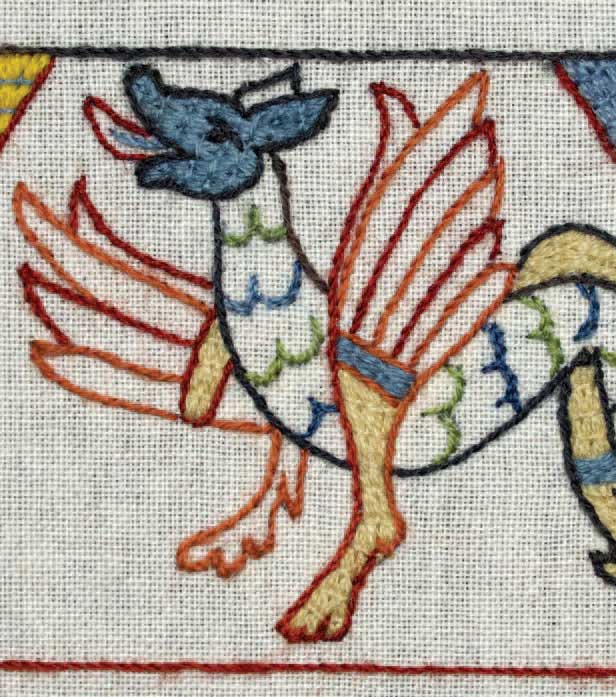
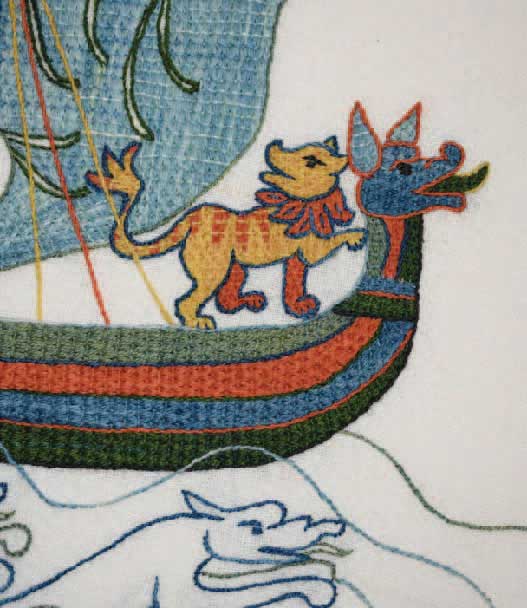
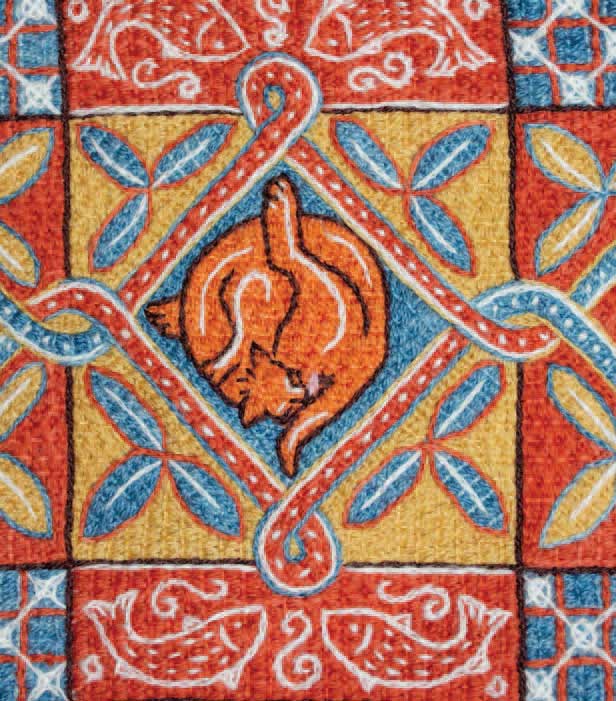

INTRODUCTION
B ayeux stitch is often used to describe the laid and couched work used throughout the medieval ages. However, this style of embroidery was not unique to the Bayeux Tapestry it was used all over Europe for centuries. There are Scandinavian and English examples of laid and couched work from before the conquest in 1066. For instance, there are huge altar frontals like the one from Reyjahli in Iceland, there are examples in silk from the later period of opus anglicanum, and there are Tudor examples like the book cover once belonging to Henry VIII in the royal collection, until eventually the stitch becomes part of the larger repertoire of Stuart crewelwork.
I will start by showing you the simple style of the Bayeux Tapestry before moving on to show variations based upon both surviving examples and adaptations of medieval manuscripts, showing subtle variations of technique and materials. Medieval embroidery relies on a surprisingly narrow range of stitches, but from them it creates subtle and varied results that are endlessly adaptable.
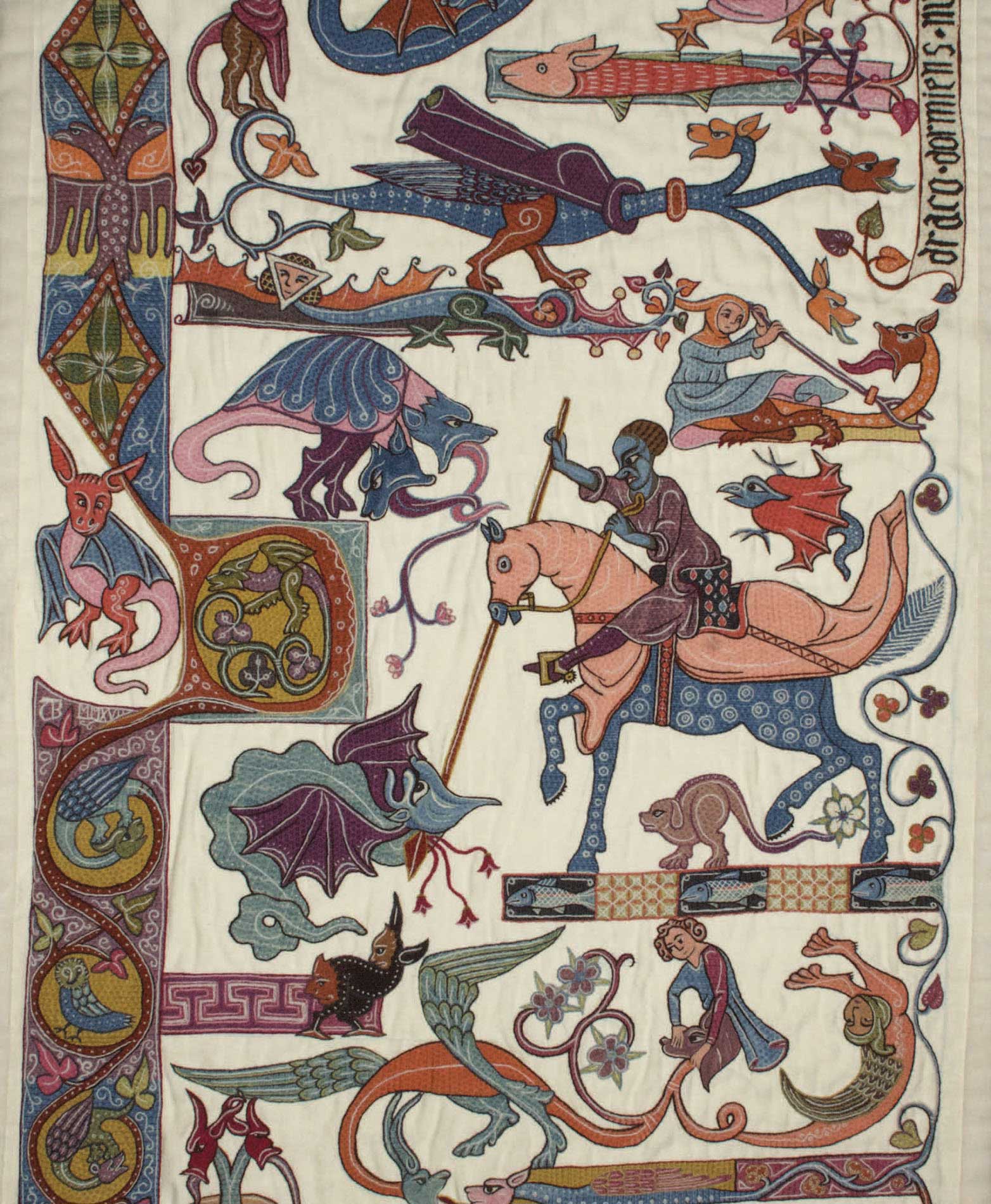
Luttrell dragons.
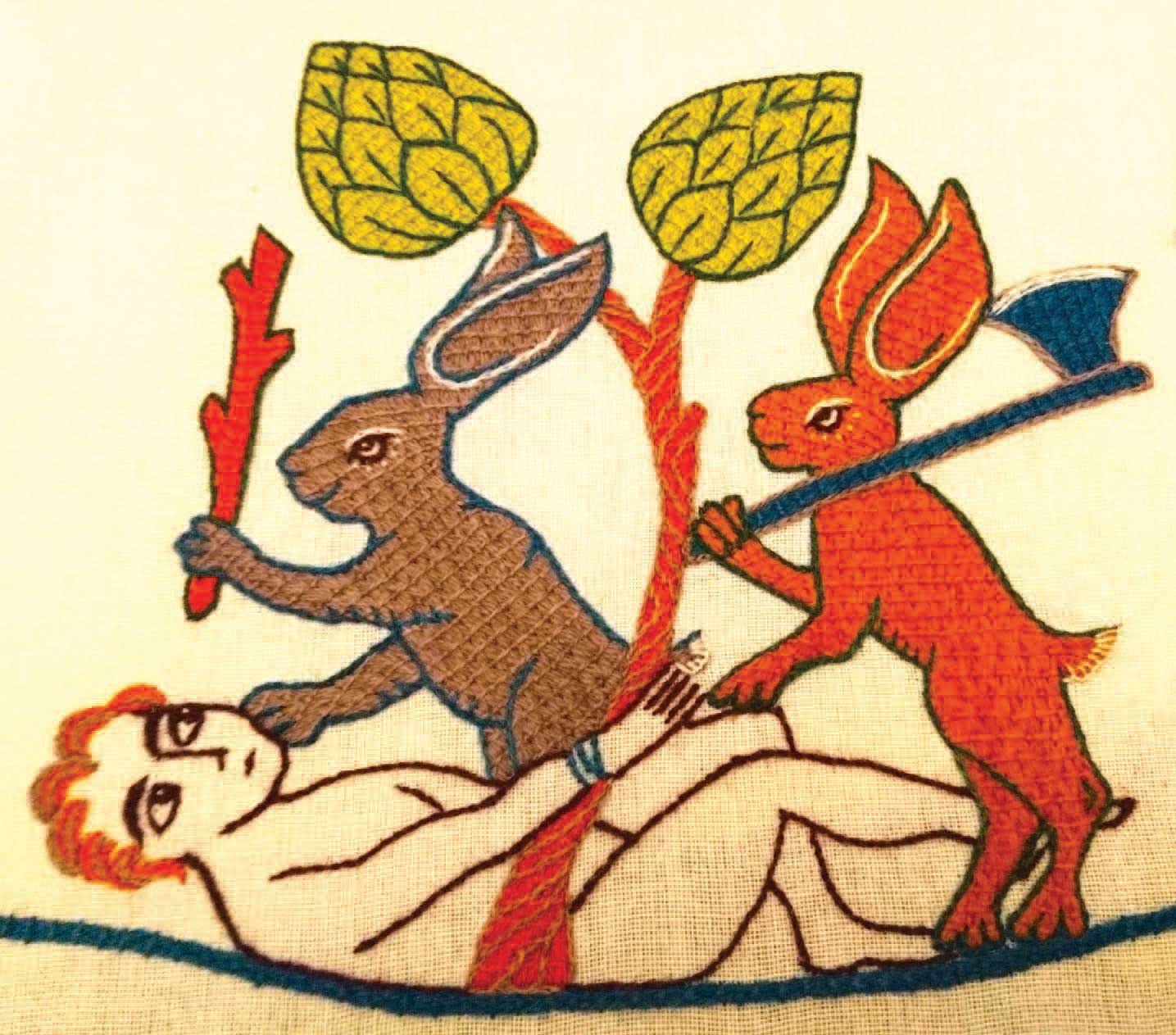
Bad rabbits rabbits behaving badly were a frequent motif in medieval manuscripts. They are discussed in more detail in .
 CHAPTER 1
CHAPTER 1
GETTING STARTED
Y ou really dont need a lot of equipment for this type of embroidery. One advantage the modern stitcher has over those who worked on the Bayeux Tapestry is our access to magnification and electric light, but even these are optional I like a nice bright work lamp, but I find magnifiers an irritation. My best advice is to use a magnifier if it helps you, but by no means should they been seen as obligatory.
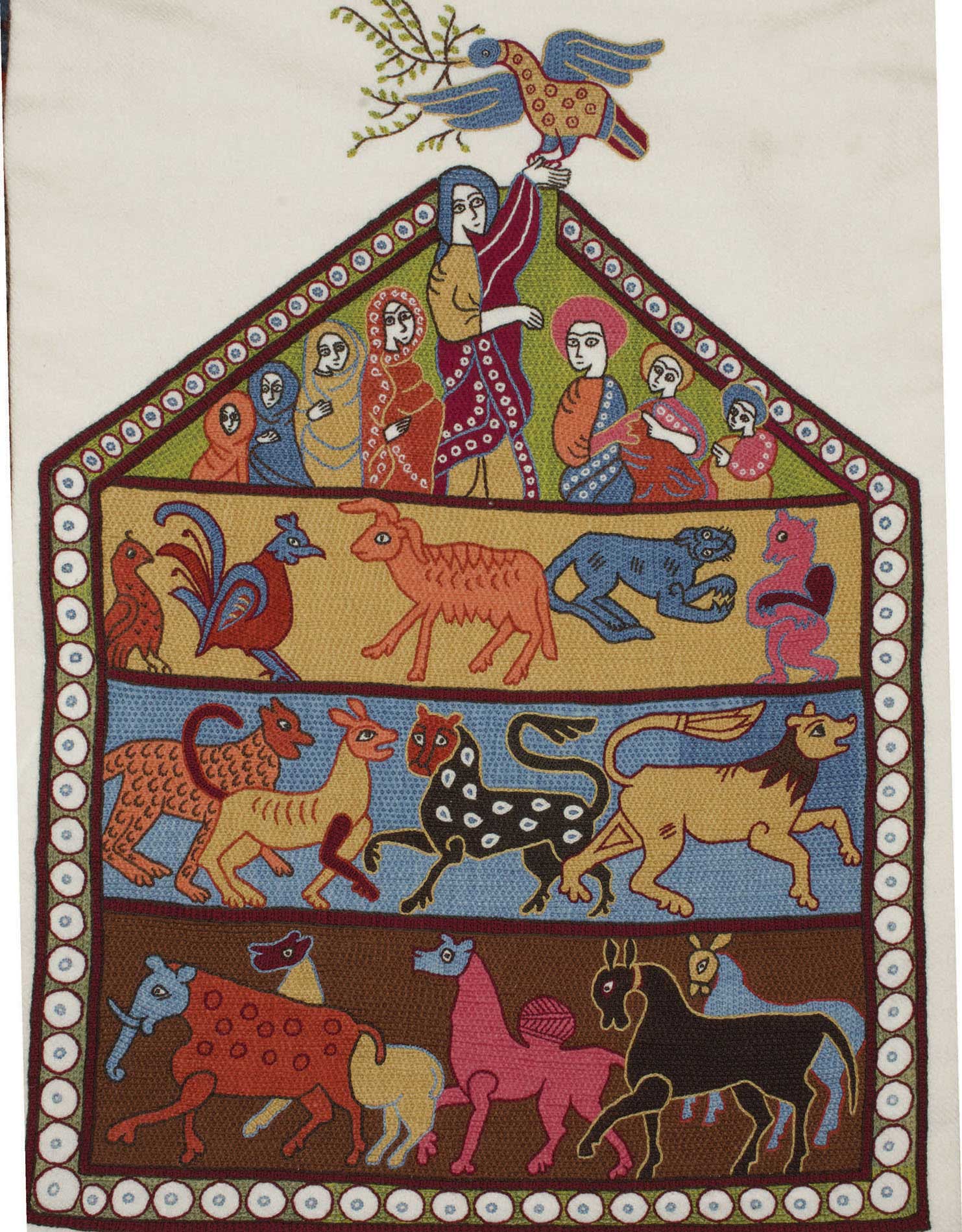
Beatus of Liebana, The Commentary on the Apocalypse, The Ark of Noah.
FRAMES AND TENSION
You will get the best results with this technique as long as you have good tension on the canvas. It should be drum-tight and evenly maintained, and you will need something to hold your canvas in place.
Hoops
The most obvious choice for many modern embroiderers is a hoop; in fact, Ive spoken to many who think its the only choice. However, I do not recommend using a hoop for laid and couched work for many reasons.
The first is tension: hoops dont hold enough tension. You cant hold even tension over a square woven cloth on a round hoop its almost impossible to get the canvas properly square. If the canvas isnt square, it can lead to distortion, especially on larger pieces.
The second is size. Hoops tend to be on the small size with the expectation that you will move the work around on the hoop, and this doesnt work for laid and couched work. The standard-sized 15cm (6in) or 20cm (8in) hoop will often be much smaller than the span of a stretch of laidwork, as for instance on the Hlar Bishop project, and although there are techniques you can use for joining areas of laid and couched work, its not advisable to move the work around on the hoop before the laidwork is fully stabilized.
The third is crushing and distortion. As you move work around on a hoop, the hoop itself can do damage to your work.
Finally, hoops arent medieval. If you want the real medieval embroidery experience, use a frame because thats what medieval embroiderers used. Hoops really dont work well with medieval embroidery because they arent designed to.
Frames
There are several types of frame to choose from.
Slate frames
These are the most medieval choice. Easy to use and adaptable, you simply lace the canvas squarely onto the frame and add extra tension using the pegs to hold the whole thing together. Smaller slate frames can be held in the hand or leant against something, but theyre traditionally used in conjunction with a set of trestle legs. I have a slate frame set up with trestles when I work at demonstrations of medieval embroidery so that I can show the medieval way of working, but in truth I never use my slate frame at home.
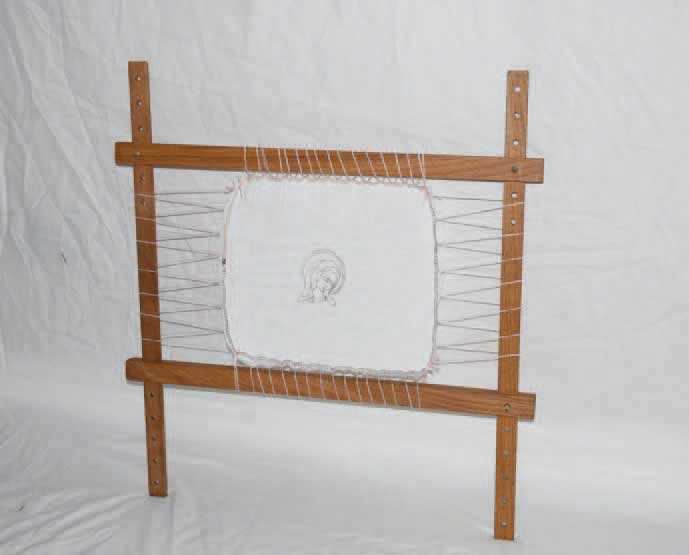
Slate frames the most medieval choice.
The big disadvantage of a slate frame with trestles in a domestic context is the amount of space it takes up. You really need a dedicated studio space for it, which isnt always available in a modern home. Trestles arent something you can clear away easily because getting them positioned correctly can take longer than lacing up the frame. The other big problem I have with my slate frame is that Im forever losing the pegs that hold it together if you look closely at the photo you might notice mine is held together with chopped-up pencils!

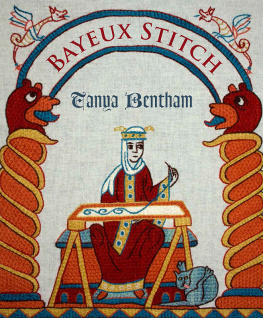
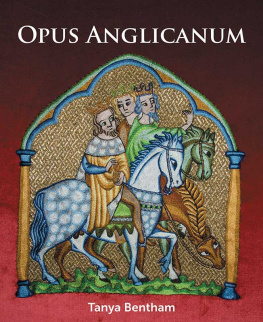


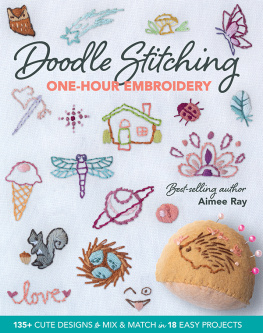
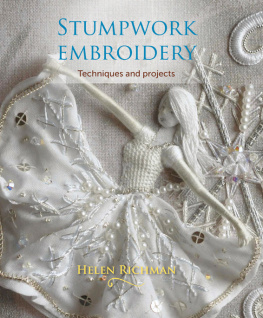
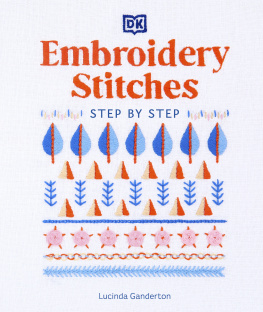
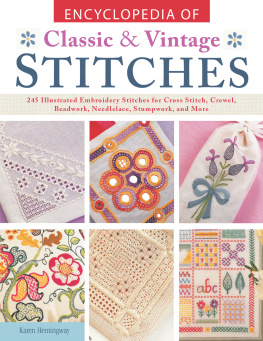
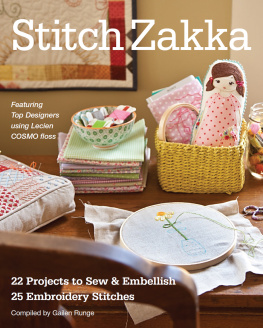













 CHAPTER 1
CHAPTER 1

